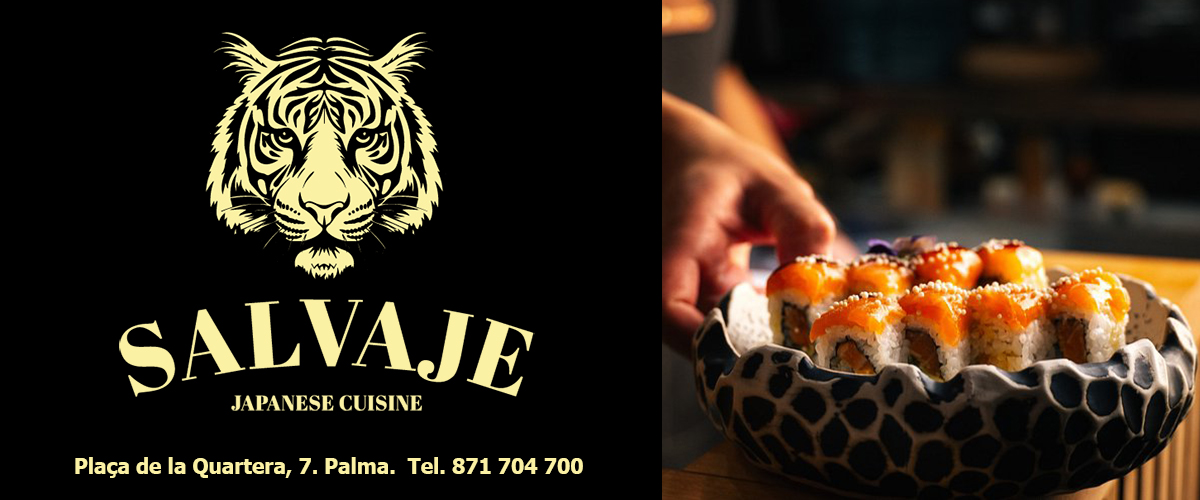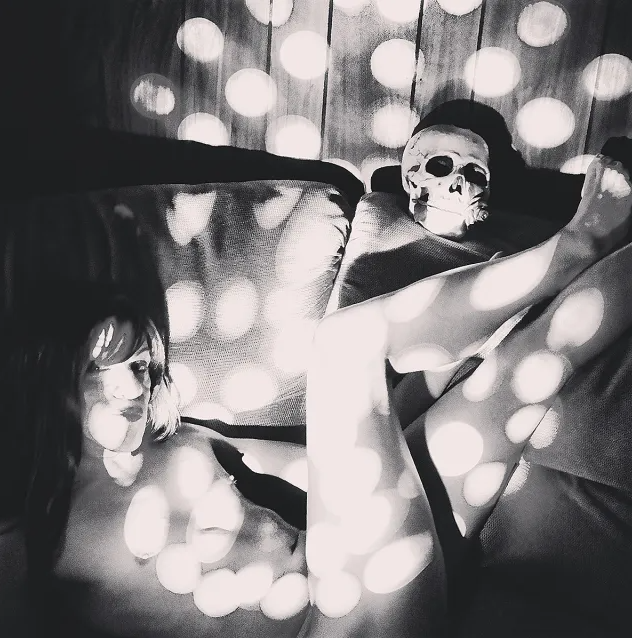La imagen como refugio: arte, trauma y autoconstrucción
Victor Cobo: «Fragmentos de un espejo oscuro». Su obra fotográfica se despliega como una confesión visual, una crónica íntima que se mueve entre el delirio y la catarsis. En su mundo, la cámara no es simplemente una herramienta de documentación, sino un médium que intercede entre el dolor personal y la estética, entre lo vivido y lo imaginado.
Cobo construye un teatro de sombras donde la fragilidad emocional, los traumas heredados y las ficciones afectivas se funden en una narrativa que, aunque profundamente personal, resuena con ecos universales.
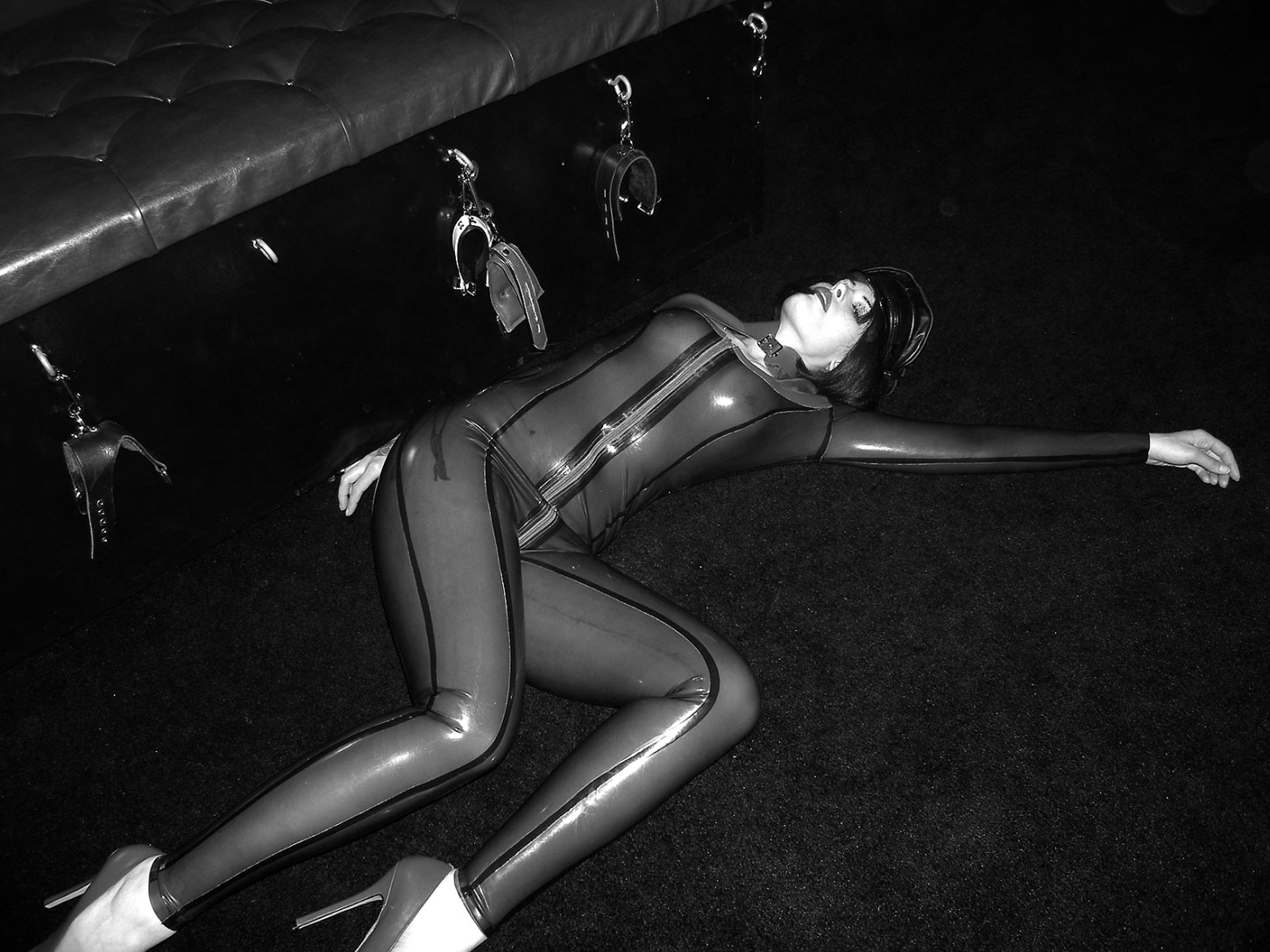
Su obra no busca dar respuestas, ni siquiera consuelo: es, más bien, un campo de batalla simbólico donde el artista exorciza demonios, modela el caos y reconfigura su historia. La fotografía, en este sentido, se convierte en una forma de terapia, un acto de supervivencia psíquica y emocional.
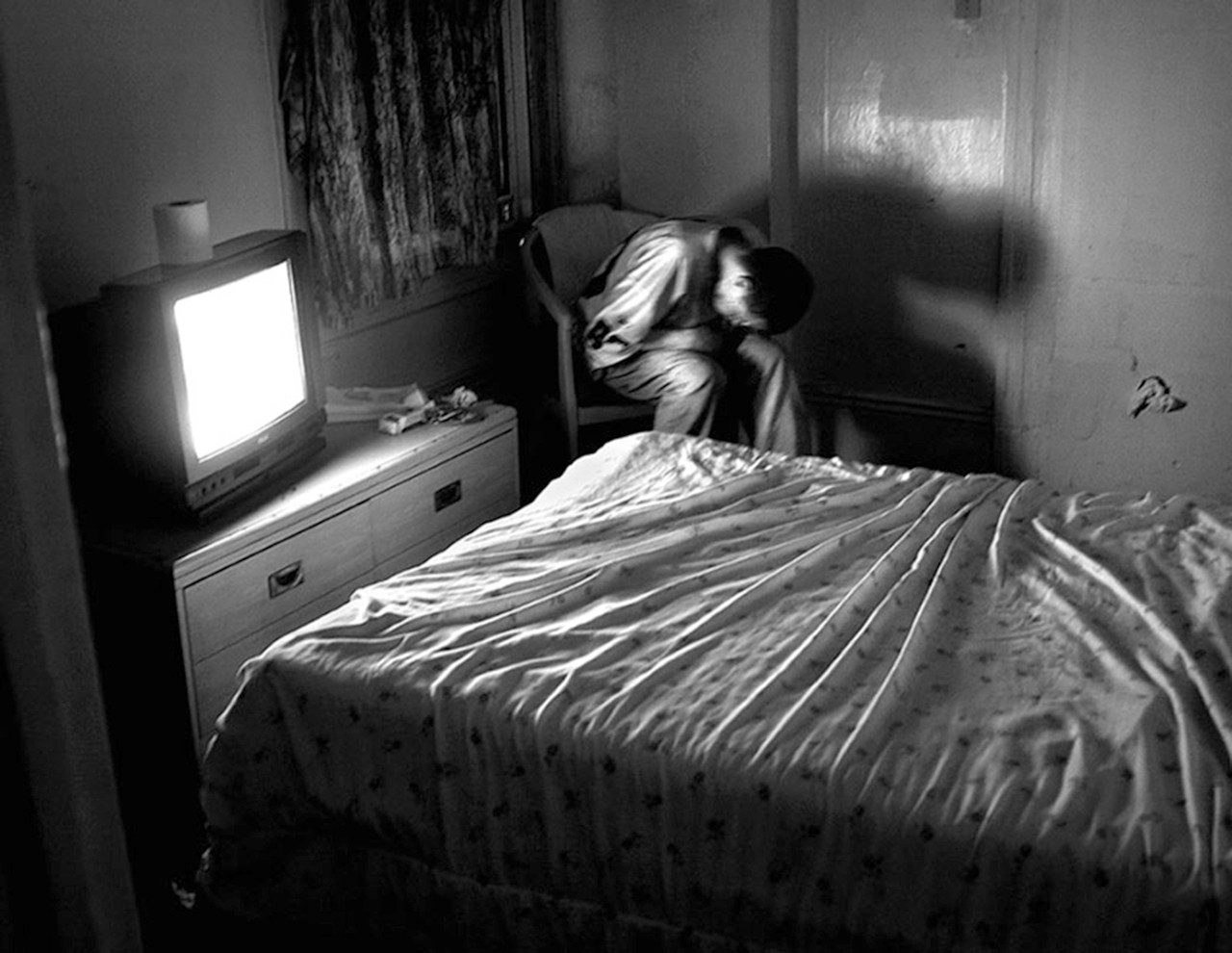
Desde sus inicios, la producción visual de Cobo ha estado anclada en las tensiones internas de sus primeros años de vida, marcados por relaciones familiares complejas, aislamiento emocional y una paternidad difusa que oscilaba entre la obsesión y la ausencia.
Lo que emerge de este proceso es un universo onírico y fragmentado, donde la estética del desorden se convierte en el hilo conductor.
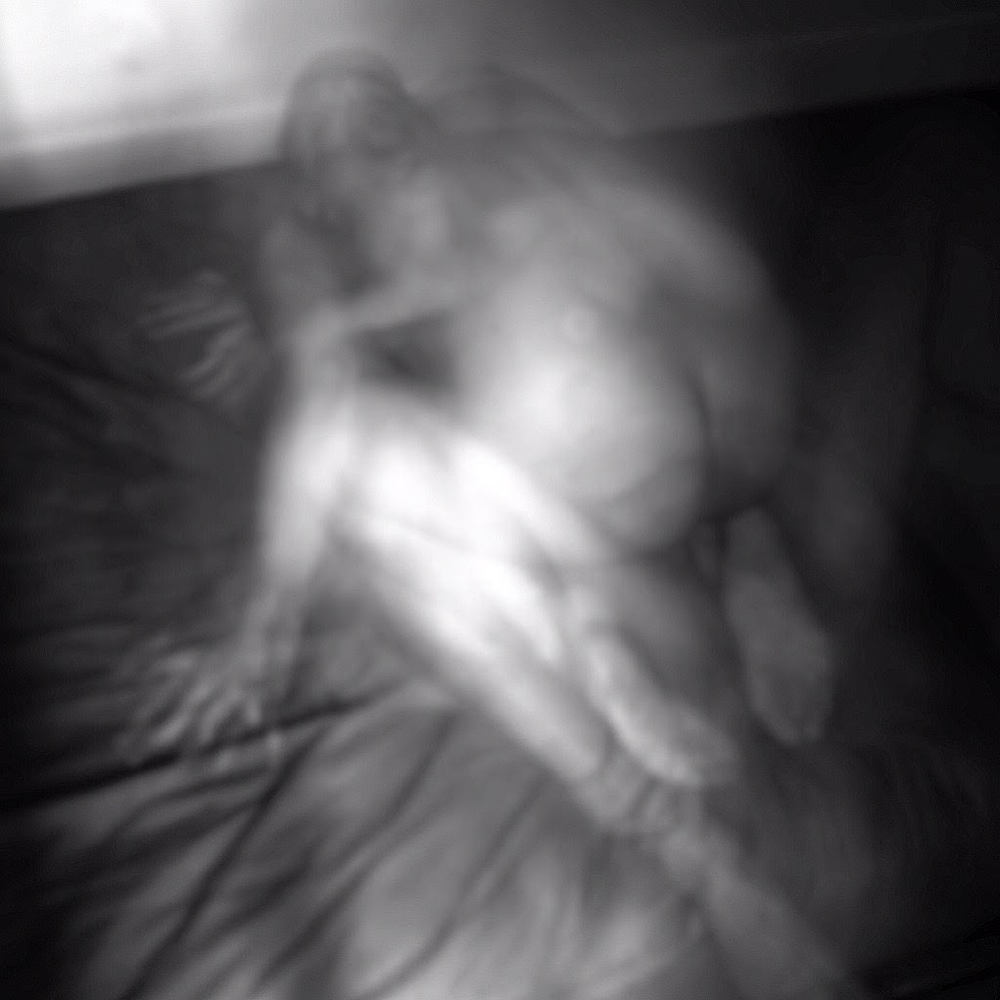
Victor Cobo: «Fragmentos de un espejo oscuro». Sus composiciones transitan entre lo surrealista y lo teatral, proyectando una iconografía que parece emerger directamente del inconsciente.
Sus imágenes no se proponen ser bellas en el sentido tradicional, sino intensamente auténticas: transitan sin temor por lo grotesco, lo violento, lo melancólico y lo absurdamente tierno. Esta dicotomía, que aúna amenaza y dulzura, confiere a su obra una cualidad perturbadoramente humana.
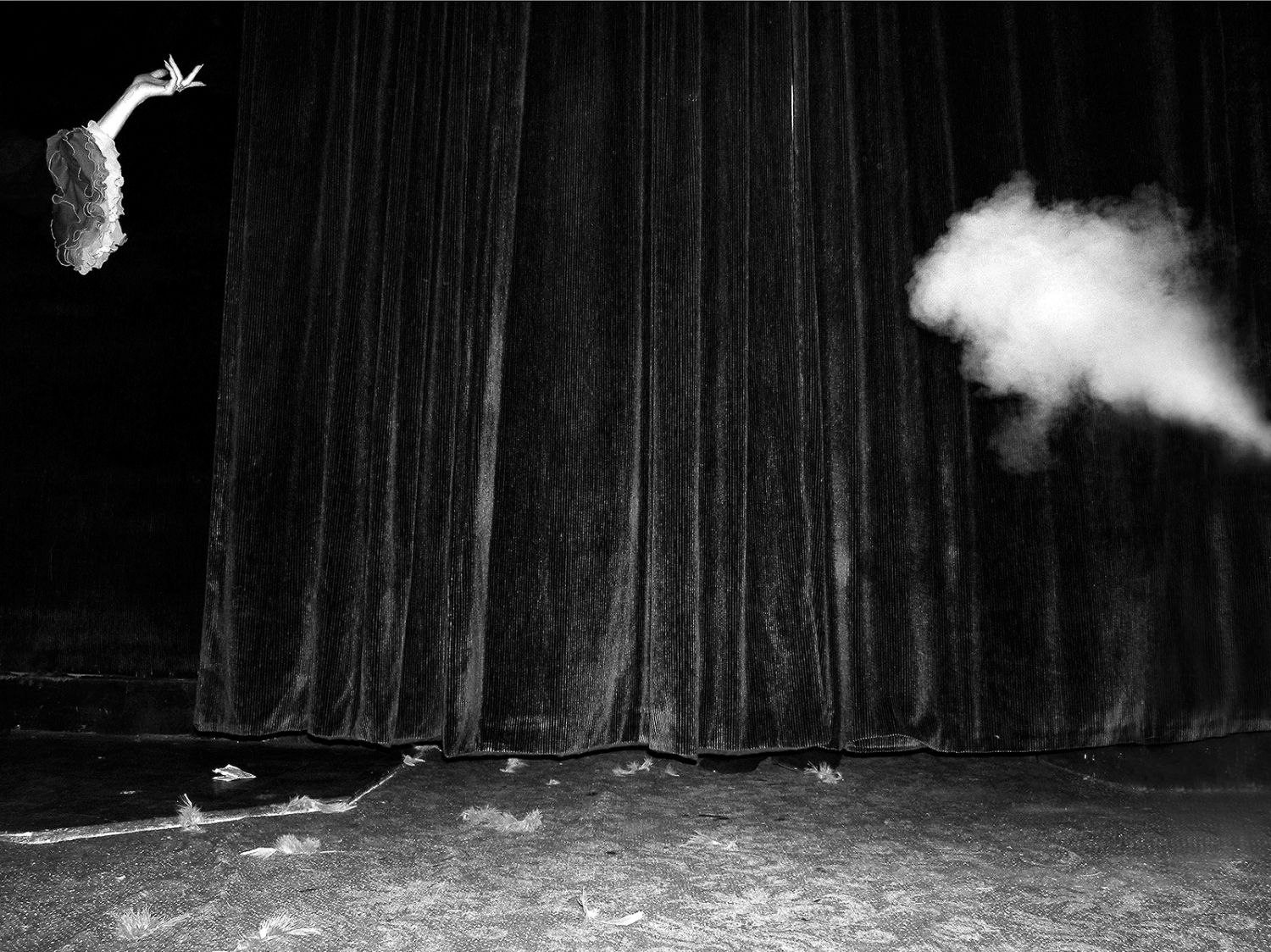
En este espacio de construcción visual, Cobo asume el papel de protagonista y demiurgo. Es, como él mismo afirma, la estrella de su propio show. Pero esta afirmación no denota arrogancia, sino una lúcida consciencia de que sólo desde el control absoluto del relato —aunque este sea ilusorio— se puede establecer una mínima distancia del trauma. Crear su universo personal, por muy inquietante o delirante que sea, le permite dominar lo indomable, ordenar lo inabarcable y dotar de forma al vacío.
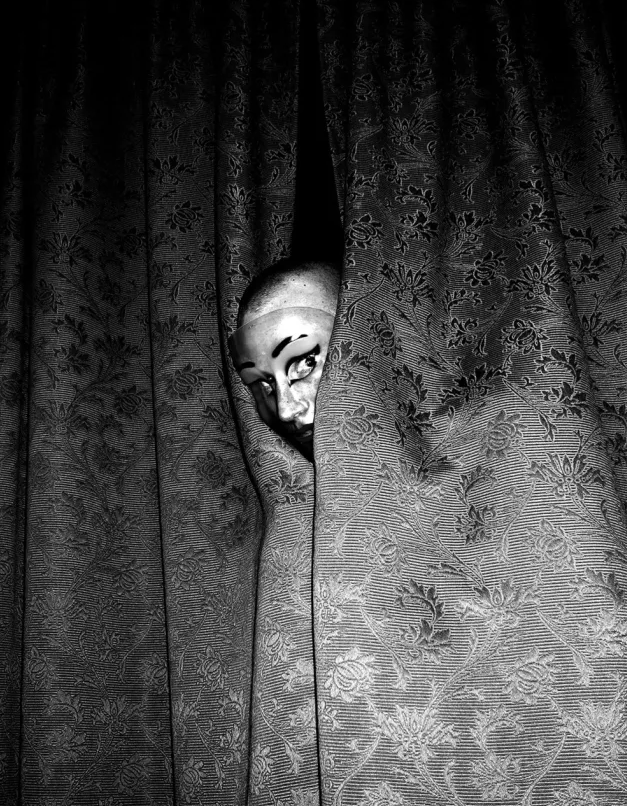
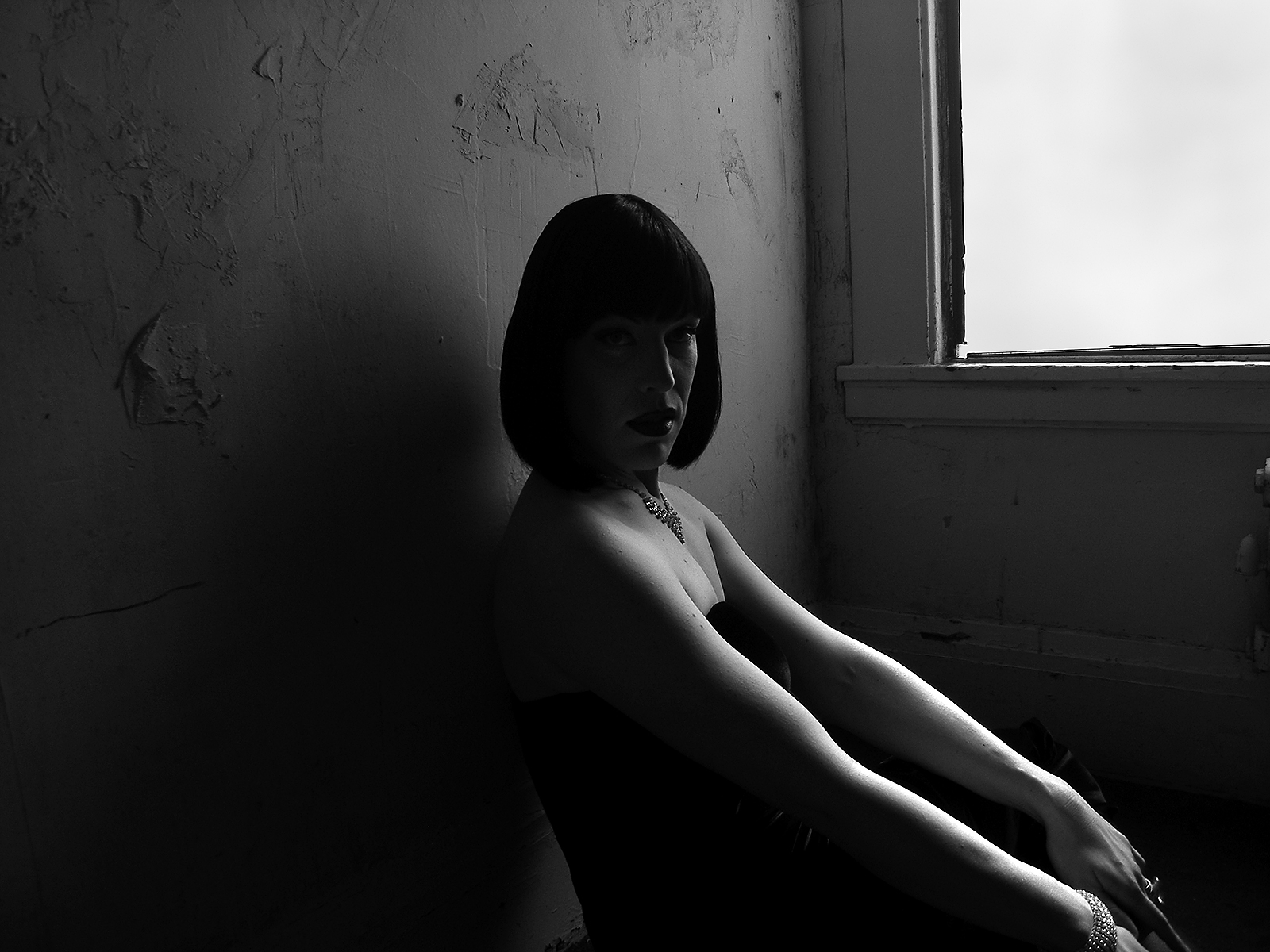
Uno de los núcleos más conmovedores de su narrativa visual gira en torno a la figura del padre: un personaje ambiguo, quebrado por la adicción y las decisiones erráticas, cuya influencia perdura como una herida latente.
Las visitas de verano durante la infancia, en las que su padre lo fotografiaba con insistencia casi compulsiva, revelan una dimensión siniestra del acto fotográfico: la imagen como encubrimiento, como construcción de una ficción afectiva que nunca fue real.

El niño que no sonríe frente a la cámara es el testigo silente de una relación que no existe más que en la mente del progenitor. Esa misma imagen, repetida, colgada en las paredes de una casa que parece museo de un delirio privado, se convierte en el símbolo de una realidad paralela, de un amor impostado, de un vínculo ficticio.
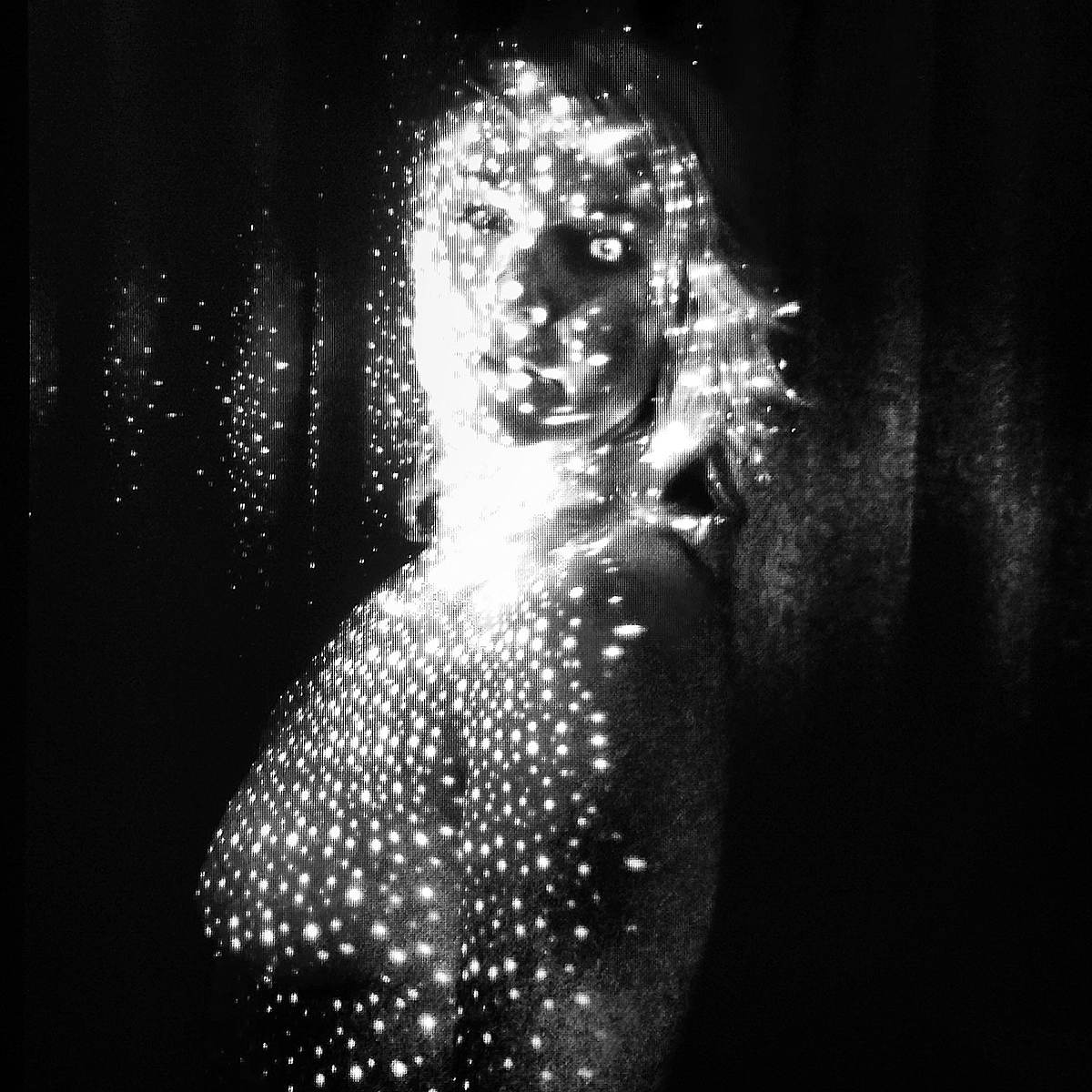
La adultez del artista, y su posterior apropiación del acto fotográfico, actúa como un gesto de inversión simbólica: si su padre construyó una narrativa falsa a través de la imagen, Cobo utiliza esa misma herramienta para revelar lo oculto, lo reprimido, lo indecible. Sus fotografías no mienten; no necesitan la sonrisa impostada del niño. En cambio, exponen la grieta, la contradicción, el temblor.
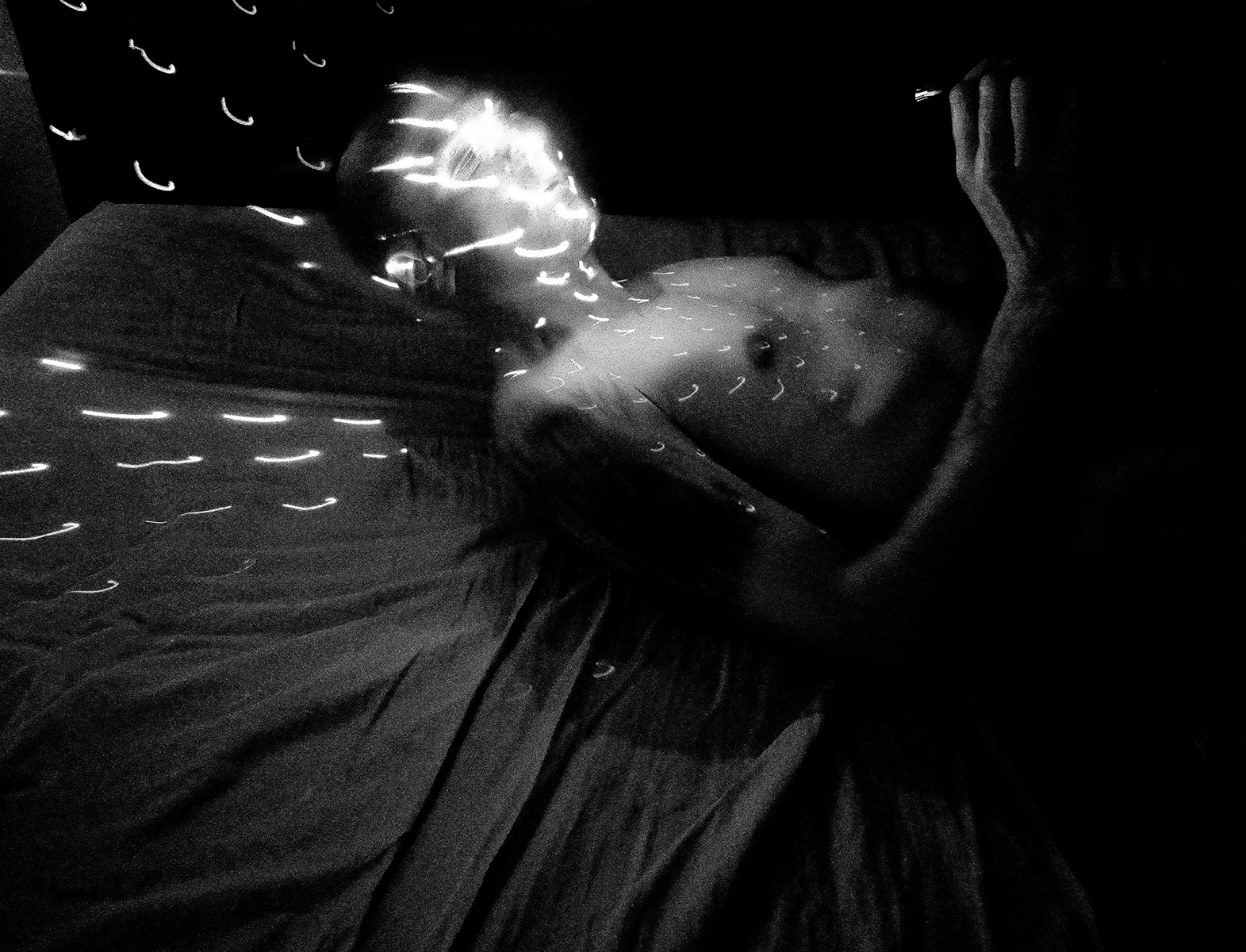
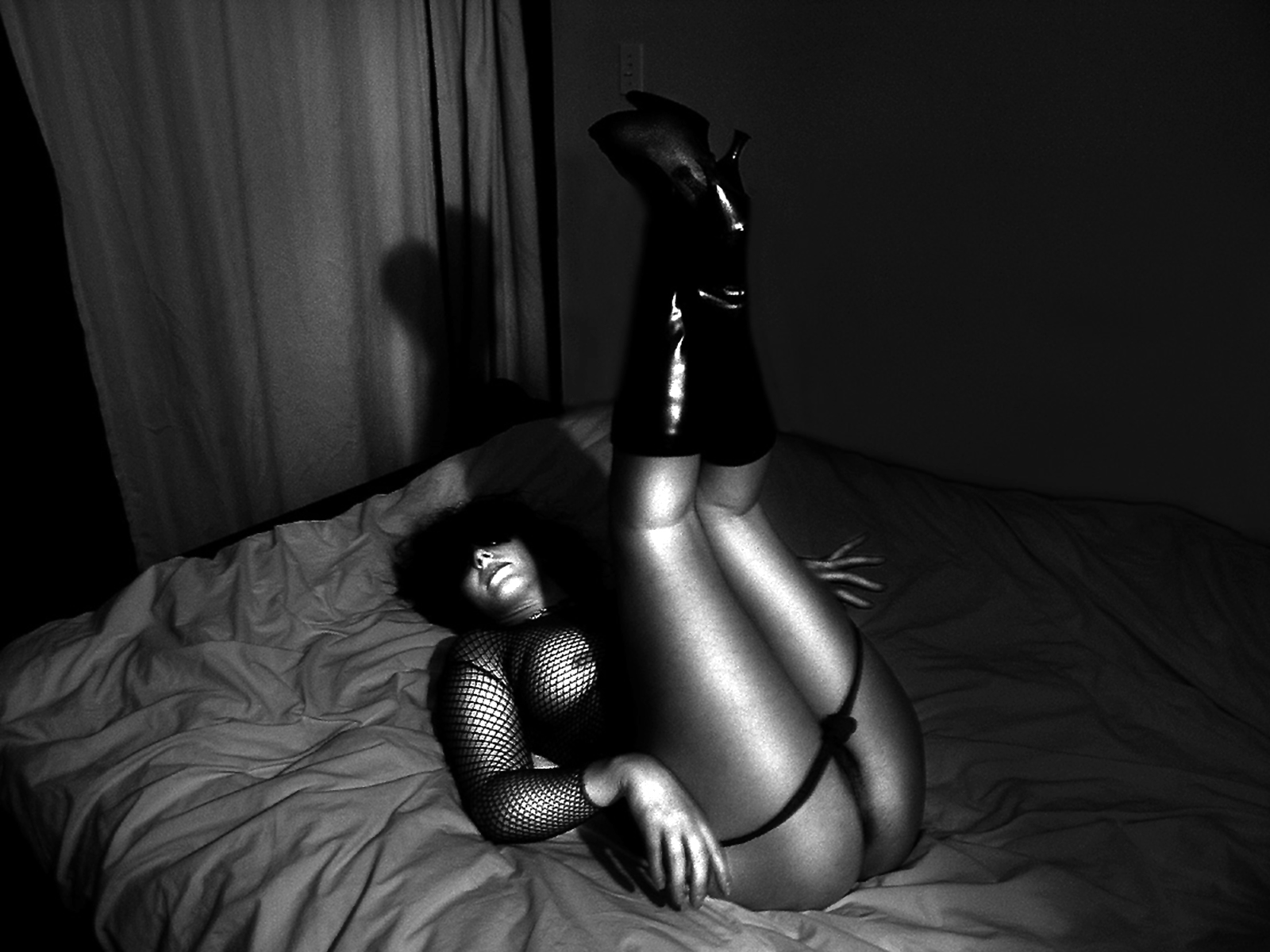
Así, la obra de Víctor Cobo se sitúa en el cruce entre la memoria y la alucinación, entre la autobiografía emocional y la ficción simbólica. Su universo no es un refugio cómodo, sino un territorio de riesgo donde la exposición radical del yo se convierte en resistencia. Cada imagen es una cápsula de intensidad emocional, un espejo que no refleja lo aparente, sino lo que se esconde bajo la superficie.
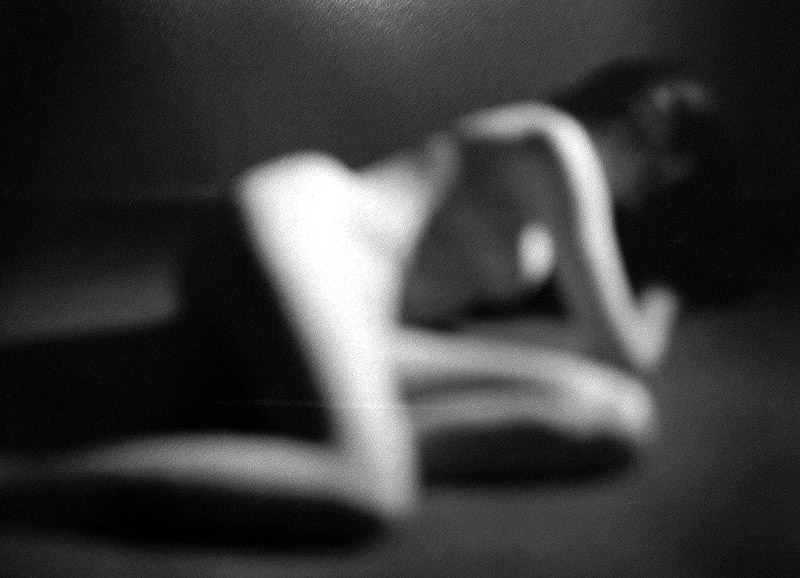
En tiempos donde la fotografía digital abunda en máscaras y simulacros, el trabajo de Cobo es una anomalía valiente. Nos recuerda que el arte puede —y quizás debe— incomodar, desestabilizar, desvelar. Que la belleza puede encontrarse en el caos. Y que, a veces, la única manera de sobrevivir a la herida es transformarla en obra.
